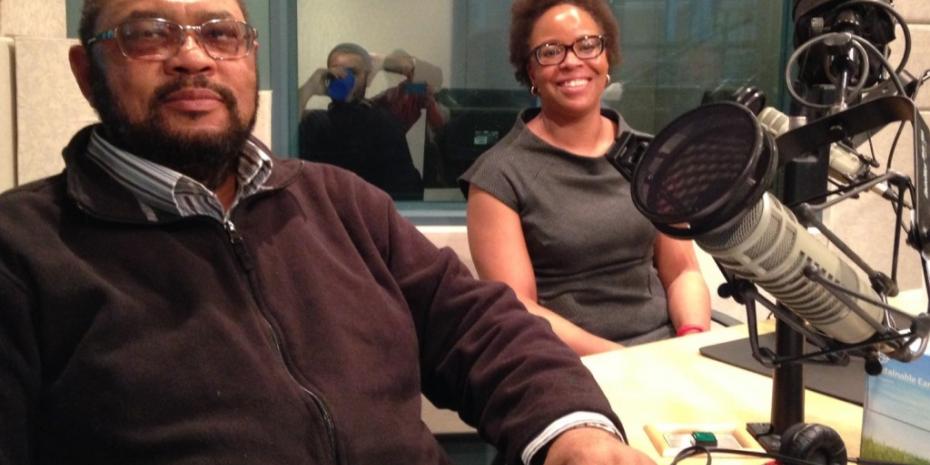Brandon Ballengée wears many hats. And, as a visual artist, biologist and environmental activist, he often wears them simultaneously.
According to his website, he, “creates transdisciplinary artworks inspired from his ecological field and laboratory research.”
As Ballengée explains, “I’m kind of a strange hybrid mix between an artist and a biologist.”

